“Biden Support has Negative effects on Elections and Perception of Policies”

Volume 33 No.3 | May 24, 2021
By Pat McFerron, President
Cole Hargrave Snodgrass & Associate
![]() @McFerron
@McFerron
Early polling for 2022 shows that the trendline for Oklahoma’s partisan outlook looks to remain consistently pro- Republican. Even during the down year of 2018, the Republicans swept statewide offices (including an open gubernatorial seat) and picked-up seats in the legislature. No one can argue that 2020 was a Republican landslide and 2022 looks to build on that.
Part of the reason for Republican optimism is the importance of national politics on state elections. Even the most casual observers of Oklahoma politics will recall the anti-Obama sentiment that permeated state and local elections in 2010. Today, President Biden’s numbers are essentially identical to that of Obama at this stage in his presidency. In fact, an historical look at how Oklahoma’s view presidents for more than a decade reveals a steady view of presidents with roughly 60% embracing a Republican and rejecting a Democrat and a third supporting a Democrat and opposing the Republican.
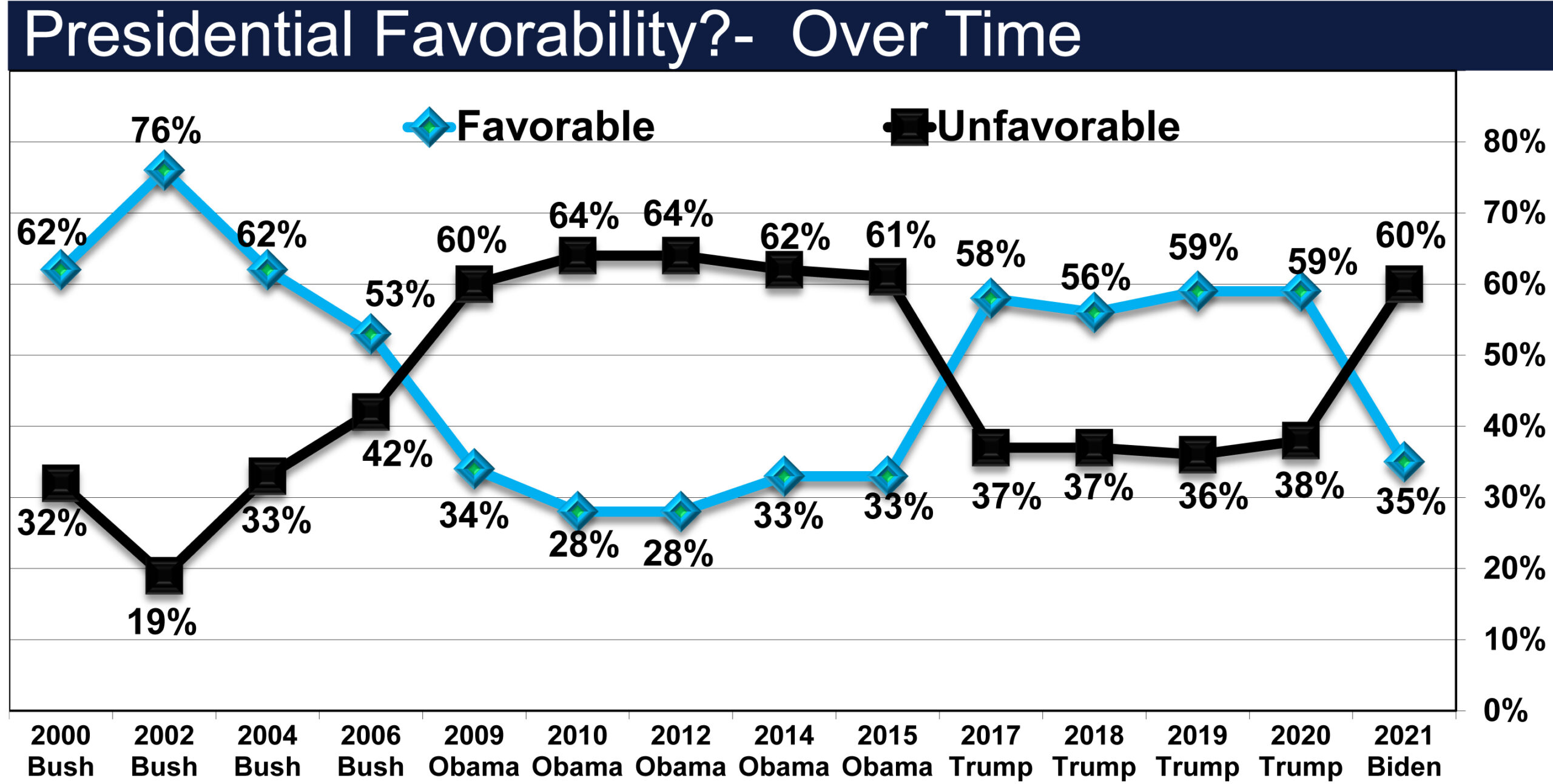
While Biden’s overall numbers (35% favorable vs. 60% unfavorable) are the same as were Obama’s, there are some differences. Biden is actually more reviled in rural Oklahoma (29% favorable / 67% unfavorable) than was Obama. Biden, however, is also still upside-down in the six metro counties (41% favorable / 53% unfavorable). As an early indication of possible intensity in 2022, in that fully 56% of voters have a “strongly unfavorable” impression of the Commander-in-Chief while fewer than half as many (25%) characterize their opinion as “strongly favorable.” Furthermore, Biden unites Republicans (13% favorable vs. 84% unfavorable) much more than he does registered Democrats (63% favorable vs. 29% unfavorable).

Biden’s impact will undoubtedly be felt down-ballot. Currently, a generic Republican candidate for the state legislature holds a 22-point advantage over a generic Democrat. This 22-point advantage narrows out the 21-point advantage we recorded in both August of 2020 and the consistent 20 to 21 point advantages we recorded during the first four years of the Obama administration. Perhaps most important is that the generic Republican starts over 50% (54% Republican vs. 32% Democrat) – a plateau never reached in the state during the Obama reign. Again, we do see some internal changes over time with rural Oklahoma becoming incredibly Republican (60% Generic Republican vs. 24% Generic Democrat) and a more competitive scenario on the two metro areas (48% Republican vs. 40% Democrat).

One fascinating (at least to me) aspect on the generic ballot is how different the Twitter universe looks from those getting their information elsewhere. Overall, 64% of Oklahoma voters say they regularly use social media. Fully 59% say they use Facebook, 18% Instagram and 12% use Twitter. While those never using social media support Republicans by 22-points (52% Republican vs. 30% Democrat) and Facebook users are very similar (56% Republican vs. 33% Democrat). Among Twitter users Democrats have a 17-point advantage (35% Republican vs. 52% Democrat). It is clear, those attempting to evaluate political sentiment via Twitter are getting an extremely biased view of Oklahoma.

While some of this difference can be explained by age of Twitter participants, the Twitter followers are much more Democrat leaning than even voters under 45 (43% Republican vs. 39% Democrat) which still leans Republican in Oklahoma.

Biden’s impact is not solely on elections. In an effort to see how Biden affects a somewhat random issue each respondent was asked one of two questions about Amtrak expansion in the state. Half of the sample included explicitly mentioning that it was a part of Joe Biden’s infrastructure package while the other half simply heard that it had been proposed. While both groups are supportive of expansion, when Biden is excluded, support is incredibly strong at +56% (71% favor vs. 15% oppose). With the Biden clause in place, the gap shrinks by almost half to +29% (57% favor vs. 29% oppose). Most striking is that strong opposition leaps from 9% to 23% while strong support drops from 49% to 39%.

The reality is public opinion in the Sooner State has relatively little to do with the person in office or even personality. It is very much driven by ideology. Oklahoma is a conservative state where 58% self-describe as a conservative and only 22% adopt a liberal label. The alignment with ideology and opinion of presidents, including Joe Biden is very consistent. All of this to say, Republicans – because they are the conservative party – will again be triumphant in Oklahoma in 2022. ♦

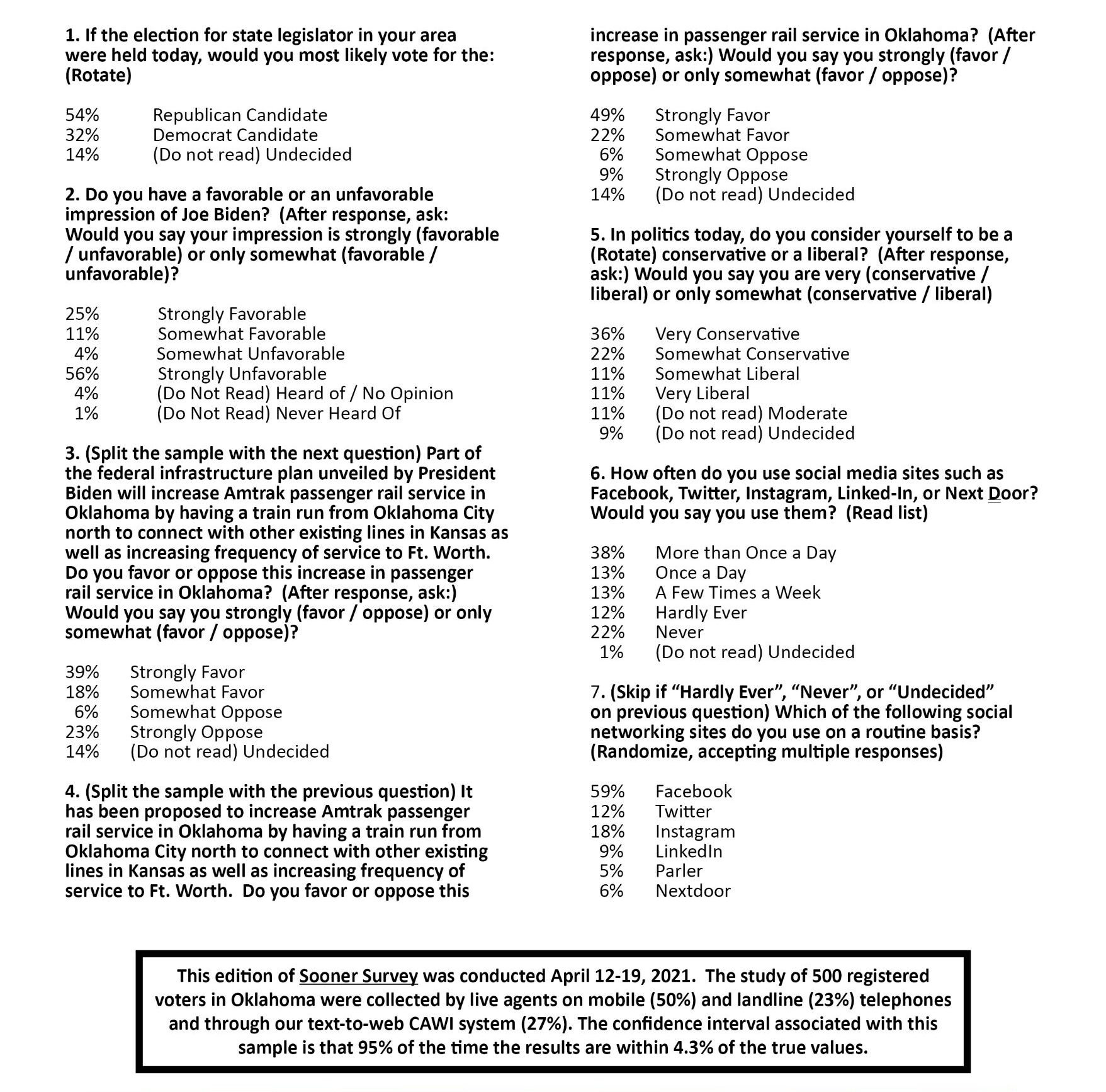
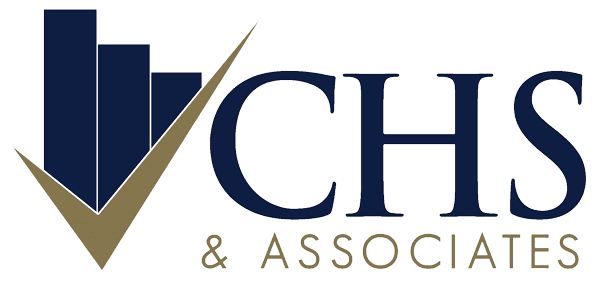
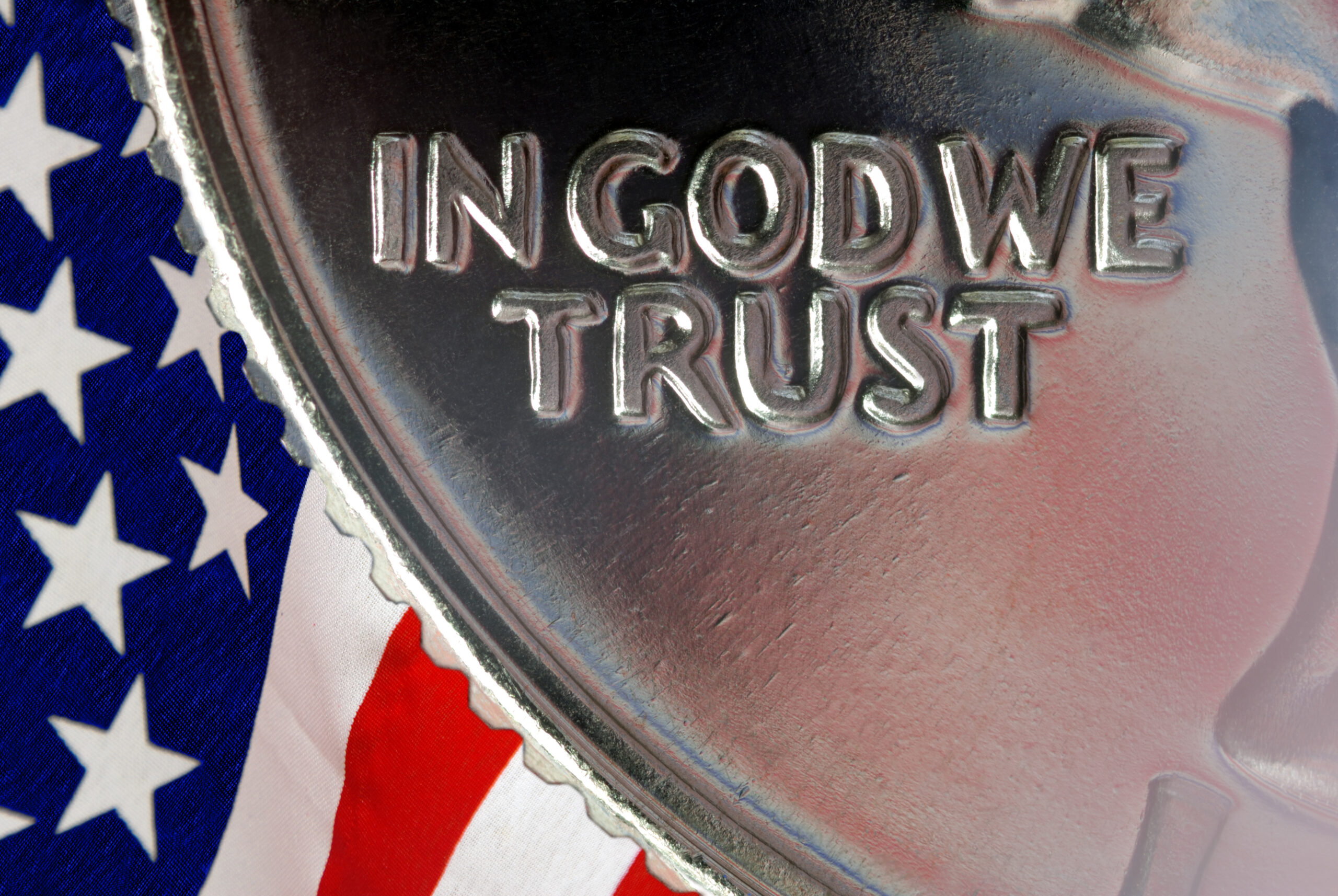

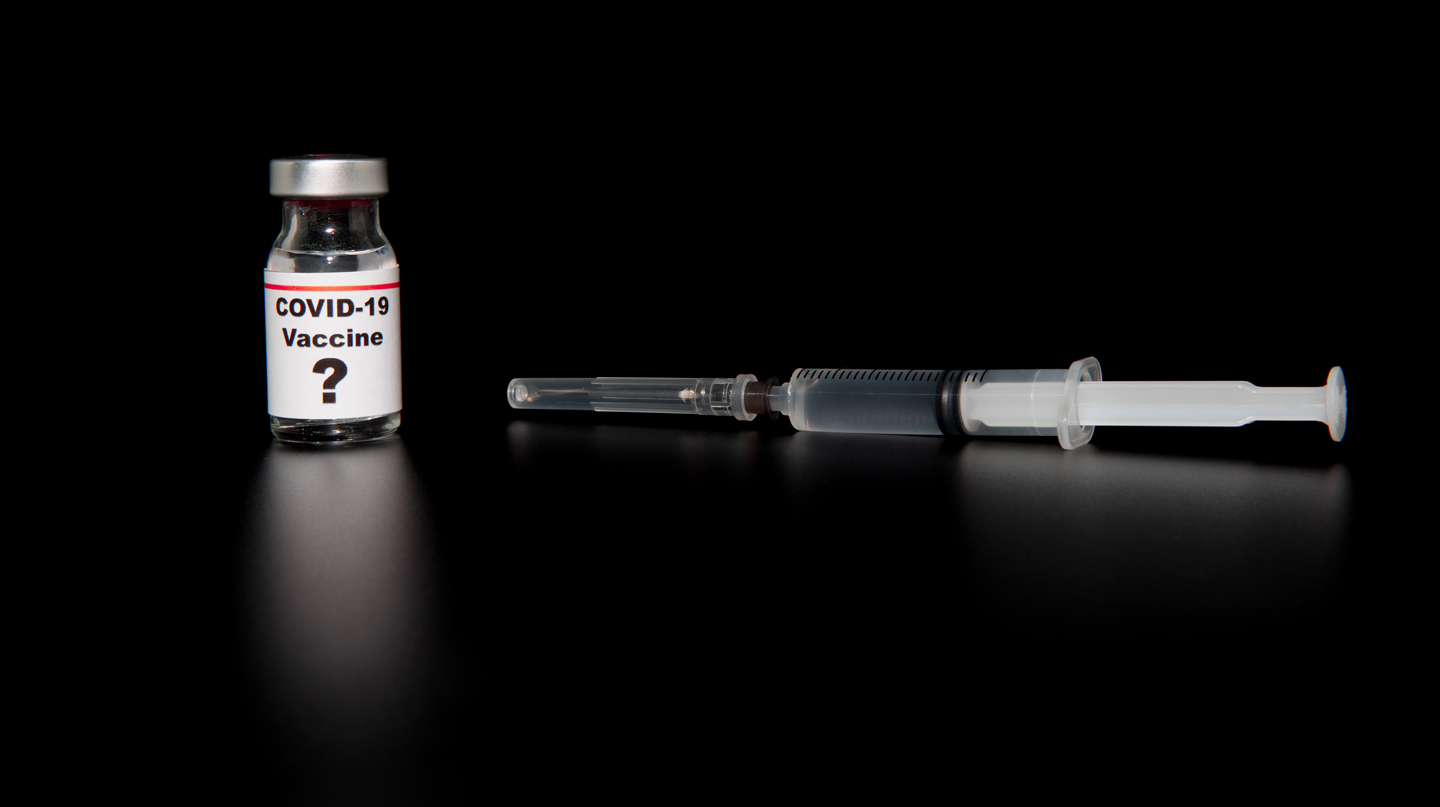
Recent Comments